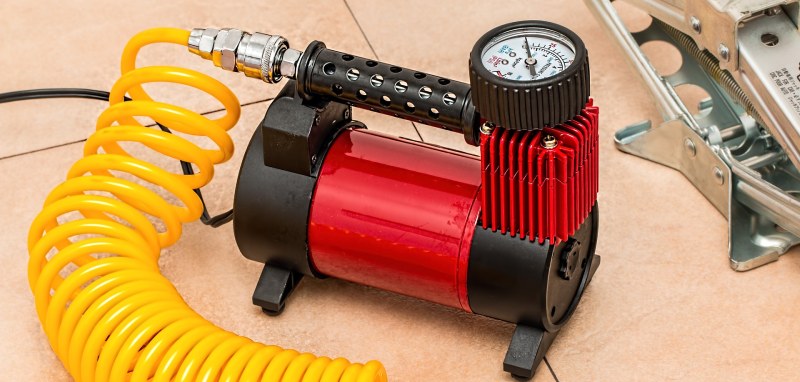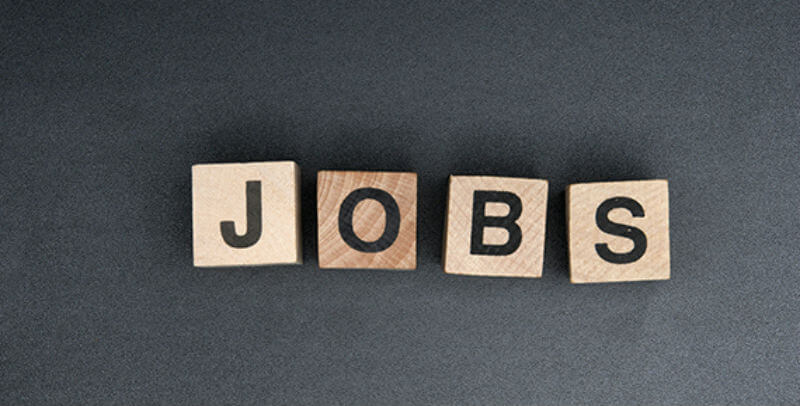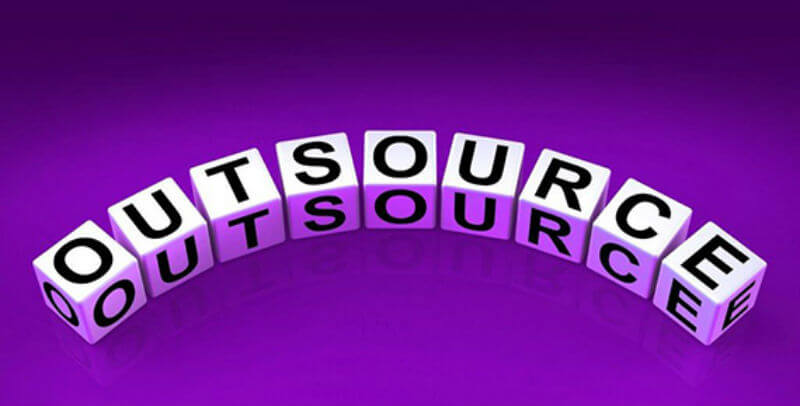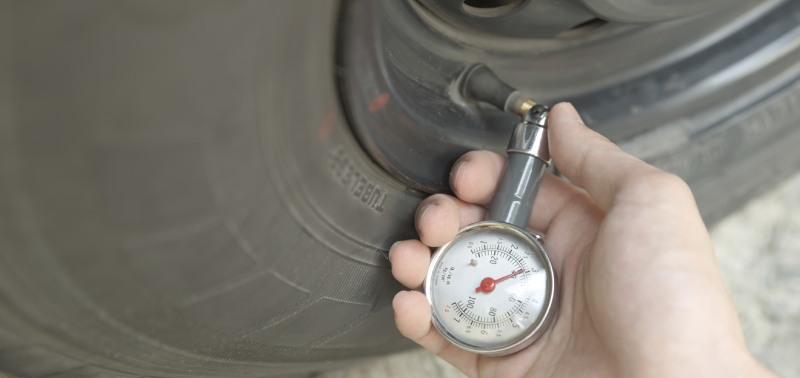The Importance of Proper Tire Air Pressure
Almost 50% of the cars have low tire pressure – but what does it mean?
Keeping your car’s tires properly inflated to the automaker’s recommended pressures is a critical element of tire maintenance. Tires that contain the specified amount of air pressure last longer and contribute to vehicle safety.
Dangers And Cost Impact
Low tire pressures affect braking distances and provide less responsive steering and handling. This can be especially dangerous when an emergency stop or sudden evasive maneuver is needed to avoid a collision.
In addition, low pressures allow tire sidewalls to flex excessively, which generates heat. While moderate heat simply accelerates tire tread wear; high heat can lead to loss of tread segments or even blowouts.
Underinflated tires also have higher rolling resistance, which reduces fuel economy. They wear more rapidly at the outer edges of the tread, which means replacement will be necessary sooner than with properly inflated tires.
Overinflated tires are less of an issue. Modern tires can easily withstand pressures that exceed those recommended for normal driving. However, consistently overinflated tires provide a less compliant ride and suffer more rapid wear in the center of the tread, which again means replacement will be necessary sooner than with properly inflated tires.

Determining Proper Tire Pressures
Refer to your vehicle owner’s manual or the tire specification decal on the driver-side doorframe. For older model cars (prior to 2003), tire inflation information may be located inside the glove compartment, fuel filler flap, or trunk lid. Do not use the pressure molded into the tire sidewall. This indicates the pressure needed to meet the tire’s full rated load carrying capacity, not the pressure specified for your particular vehicle.
Vehicle manufacturers provide basic tire pressure specifications that may vary from front to rear, and also when the vehicle is fully loaded or used for extended highway driving. Higher pressures increase load capacity and reduce heat buildup.
Tire Air Pressure Tips
- Check tire pressures regularly. Once a week is best, but no less than once a month and always before any long road trip.
- You can use the air compressor at the gas station or at the nearest tire fixer.
- Follow the vehicle manufacturer’s recommended inflation pressures and not the pressure molded into the tire sidewall.
- Check the pressures before driving when tires have been at rest and are not hot.
- An increased pressure reading (typically 2 to 6 psi higher) is normal when tires are hot.
- If recommended by the vehicle manufacturer, increase tire pressures for towing, carrying heavy loads, or extended highway travel.
TPMS (Tire Pressure Monitoring System)
- A tire-pressure monitoring system (TPMS) is an electronic system designed to monitor the air pressure inside the tires on various types of vehicles.
A TPMS reports real-time tire-pressure information to the driver of the vehicle, either via a gauge, a pictogram display, or a simple low-pressure warning light
Can I Rely On This System?
- This system is designed to report to the driver if tire pressure has reached the minimum level and not the optimal pressure. This is why we still need to check tire pressure at least once a month.
What To Do When The Light Comes On?
- When the TPMS light illuminates, you should check the pressure on all tires. Only one may need air, but checking all of them is a good habit.
- If one of the tires is low on air, it probably has a puncture and you need to take the tire for repair.
- If the light is flashing, there could be a malfunction with the TPMS system. It could also mean that you are using a spare tire and the vehicle cannot detect the sensor of the original tire.

- If you have tire inflation spray – make sure that it is suitable for TPMS. If it is not suitable, it can cause damage to the TPMS sensors. In any case, do not ignore the TPMS hazard.
Please drive carefully!
Check tire pressure at least once a month.
We would be happy to assist in any professional manner.
Lupu – Traffic safety official.




